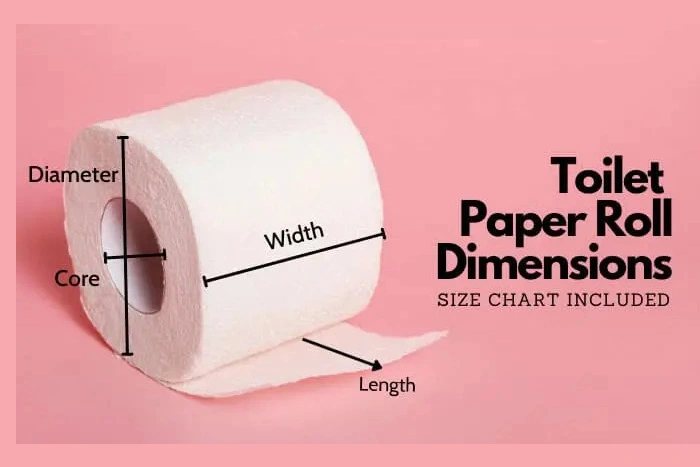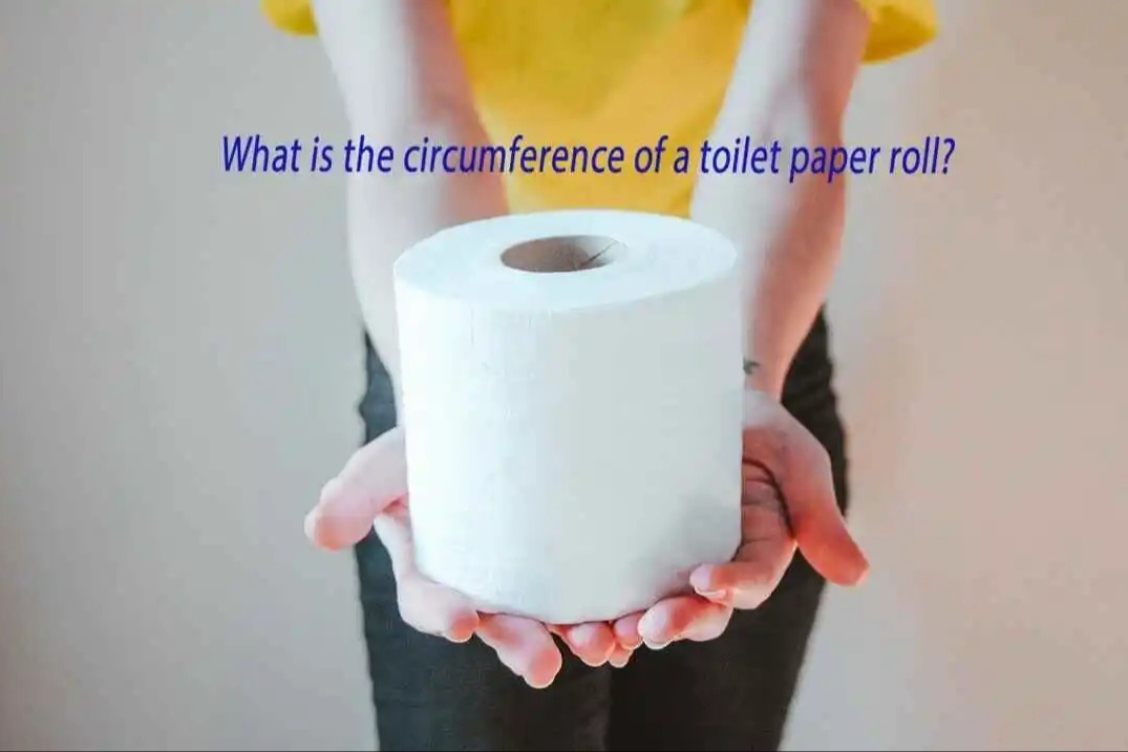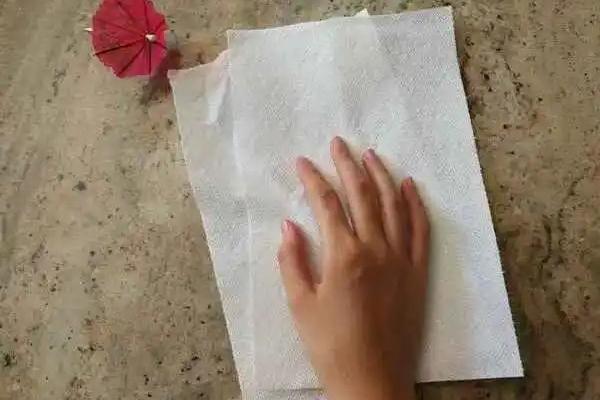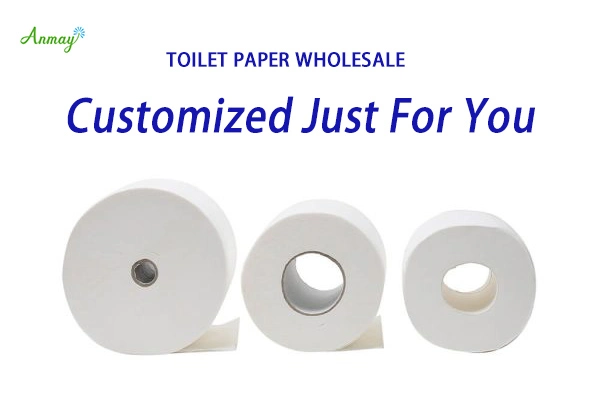Toilet paper is an essential item in every household, but have you ever stopped to think about what happens to it after you flush it down the toilet? With the increasing focus on sustainability and environmental impact, it’s important to consider the biodegradability of the products we use, including toilet paper.
In this article, we’ll explore the biodegradability of toilet paper and why it matters for the environment.
What is Biodegradability?
Before we dive into the biodegradability of toilet paper, let’s first define what it means. Biodegradability refers to the ability of a material to break down and decompose naturally by microorganisms, such as bacteria and fungi. This process is important because it allows materials to be recycled back into the environment, reducing waste and pollution.
Is Toilet Paper Biodegradable?
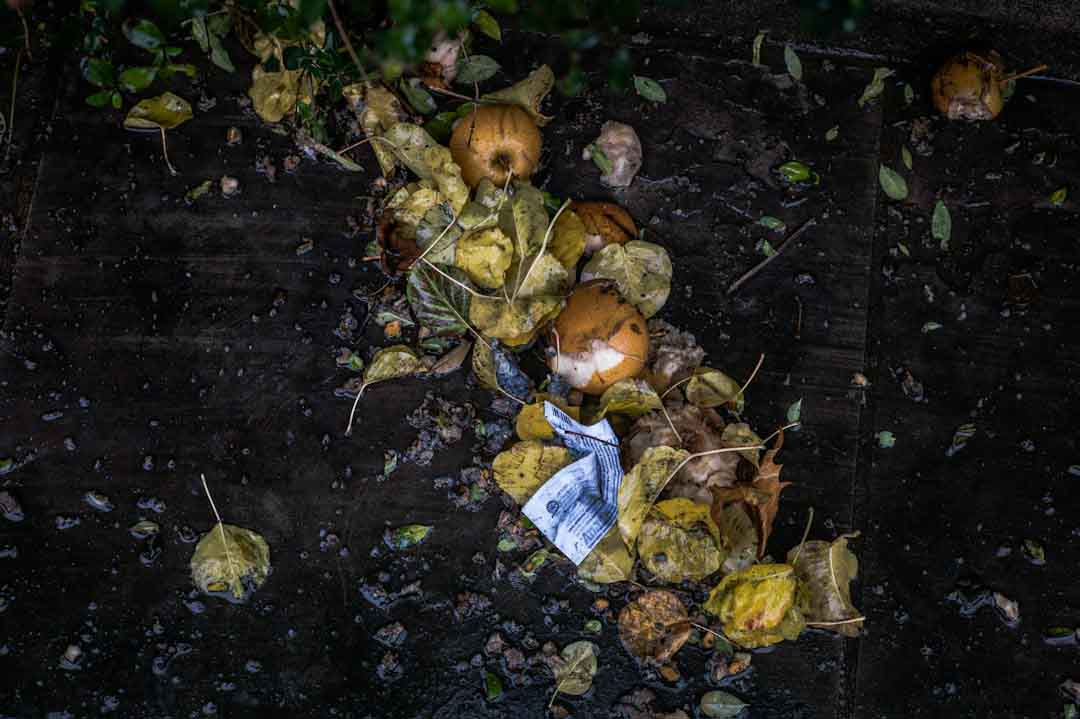
The short answer is yes, toilet paper is biodegradable. However, not all toilet paper is created equal when it comes to biodegradability. Traditional toilet paper is made from virgin wood pulp, which takes a long time to break down and can contribute to deforestation.
On the other hand, there are more environmentally friendly options such as natural toilet paper made from bamboo or recycled materials. These types of toilet paper are biodegradable and compostable, meaning they can break down into natural materials and be used as fertilizer for plants.
The Biodegradability of Different Types of Toilet Paper
As mentioned, traditional toilet paper made from virgin wood pulp can take a long time to biodegrade. On average, it can take anywhere from a few weeks to several months for toilet paper to break down in a septic tank or sewage treatment plant.
Natural toilet paper made from bamboo or recycled materials, on the other hand, can biodegrade much faster. Bamboo is a fast-growing and renewable resource, making it a more sustainable option for toilet paper. Recycled toilet paper is also a great choice as it reduces the need for virgin wood pulp and helps to divert waste from landfills.
Compostable Toilet Paper
Compostable toilet paper is a type of toilet paper that is specifically designed to break down quickly and safely in a composting environment. This means that it can be used as fertilizer for plants without any harmful chemicals or residues.
Compostable toilet paper is usually made from natural materials such as bamboo, sugarcane, or wheat straw. These materials are biodegradable and can break down into organic matter, providing nutrients for plants.
Why Does Biodegradability Matter?
The biodegradability of toilet paper is important for several reasons:
Reducing Waste and Pollution
When toilet paper is flushed down the toilet, it ends up in the sewage system. If it is not biodegradable, it can clog pipes and cause blockages, leading to costly repairs and potential environmental damage. Biodegradable toilet paper breaks down naturally, reducing the risk of clogs and pollution.
Protecting the Environment
Traditional toilet paper made from virgin wood pulp contributes to deforestation, which has a significant impact on the environment. By choosing biodegradable and sustainable options, we can help reduce the demand for virgin wood pulp and protect our forests.
Sustainable Living
In today’s world, it’s important to consider the environmental impact of our daily actions. By choosing biodegradable toilet paper, we can make a small but significant change towards living a more sustainable lifestyle. It’s a simple switch that can have a positive impact on the environment.
How to Identify Biodegradable Toilet Paper
With so many options available, it can be challenging to determine which toilet paper is biodegradable. Here are a few tips to help you identify biodegradable toilet paper:
Read the Ingredients
If a toilet paper is made from natural materials such as bamboo or recycled materials, it is likely biodegradable. Avoid toilet paper made from virgin wood pulp, as it takes longer to break down and contributes to deforestation.
Check the Packaging
Some companies will include information on their packaging about the biodegradability of their toilet paper. Look for keywords such as “biodegradable”, “compostable”, or “eco-friendly”.
How to Dispose of Biodegradable Toilet Paper
Biodegradable toilet paper can be disposed of in a few different ways, depending on the type of toilet paper and your location.
Septic Tanks
If you have a septic tank, it’s important to use toilet paper that is labeled as “septic-safe”. This means that it will break down quickly and not cause any issues with your septic system.
Sewage Treatment Plants
If you are connected to a sewage treatment plant, you can safely flush biodegradable toilet paper down the toilet. However, it’s important to note that not all treatment plants are equipped to handle biodegradable toilet paper, so it’s best to check with your local municipality first.
Composting
Compostable toilet paper can be added to your compost bin along with other organic materials. It will break down quickly and provide nutrients for your plants.
Conclusion
In conclusion, the biodegradability of toilet paper is an important factor to consider when choosing which type to use. Traditional toilet paper made from virgin wood pulp takes a long time to break down and contributes to deforestation, while biodegradable and compostable options are more sustainable and environmentally friendly.
By making a conscious effort to choose biodegradable toilet paper, we can reduce waste and pollution, protect the environment, and live a more sustainable lifestyle. So next time you’re shopping for toilet paper, remember to look for biodegradable options and make a positive impact on the environment.

